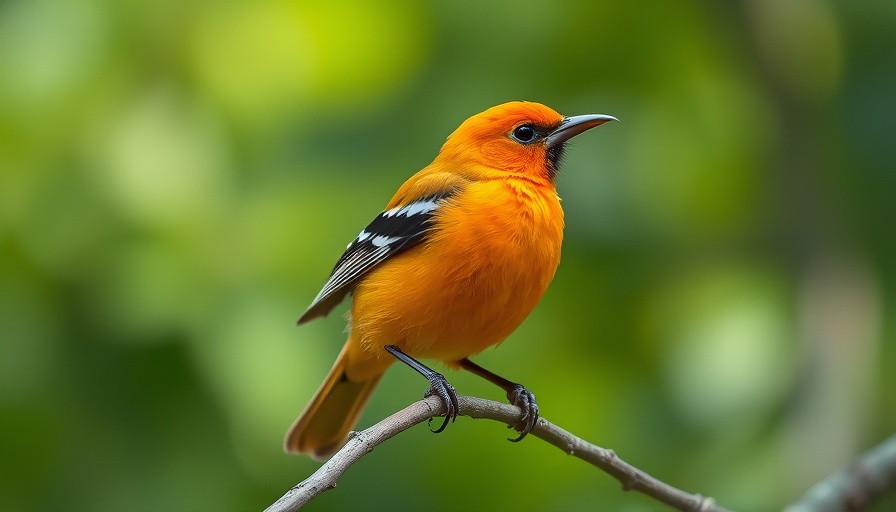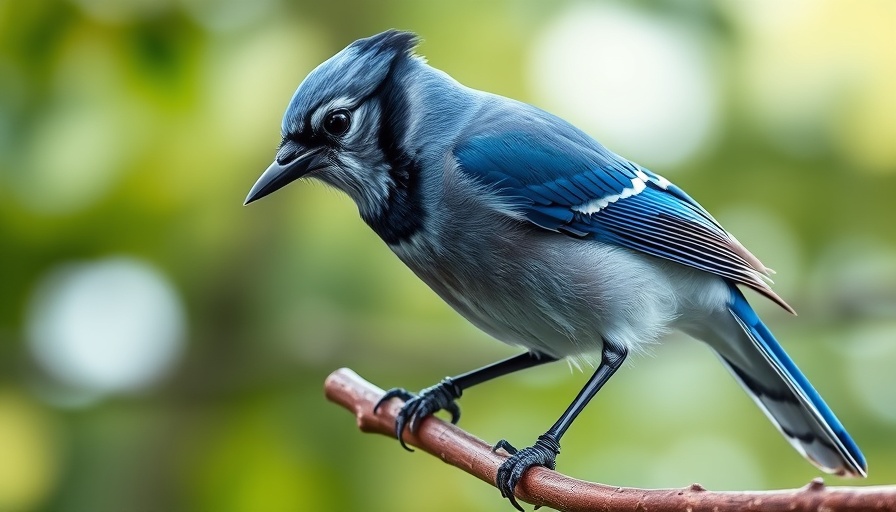
Understanding What Baltimore Orioles Truly Crave
For bird enthusiasts, the vibrant Baltimore Oriole is more than just a splash of color in the backyard; it's also a fascinating subject of study. Yet, when it comes to feeding, these beautiful birds have distinct tastes that differ from other species flocking to feeders. To understand their preferences, we must delve into their natural diet.
What Does Nature Offer Baltimore Orioles?
As omnivores, Baltimore Orioles have a diverse palate focused primarily on sweet and protein-rich food sources. Their natural diet includes:
- Insects and caterpillars: Vital for protein, especially during the breeding season.
- Nectar: A significant energy source derived from flowers.
- Ripe fruits: Dark-colored berries are particularly favored for their sugar content.
- Tree sap: Provides additional natural sugars.
Their feeding habits reflect their unique biology; with slender, pointed beaks, orioles are well-equipped to probe flowers for nectar and extract fruit rather than cracking seeds.
Do Baltimore Orioles Really Eat Bird Seed?
Despite frequent queries about whether Baltimore Orioles enjoy bird seed, the consensus remains clear: they do not. Seasoned bird watchers have noted that orioles rarely, if ever, visit seed feeders. In fact, instances of orioles showing interest in seeds typically occur only under extreme conditions when food is scarce.
Best Practices for Feeding Baltimore Orioles
To attract Baltimore Orioles effectively, embracing their preferred food types is essential:
- Fruit: Offering orange halves or ripe fruits can be a delightful treat for these birds. As a best practice, ensure these offerings are fresh and replace them regularly.
- Nectar: Create a simple nectar solution by mixing one part sugar with four parts water. This mixture not only attracts orioles but can also be shared with hummingbirds!
- Mealworms: During the nesting season, switch to offering mealworms to provide the extra protein they'll need.
- Grape jelly: Surprisingly effective, it's a favorite among orioles, especially in spring.
Creating an Oriole-Friendly Landscape
Beyond just food, the environment plays a crucial role in attracting these striking birds.
- Plant native species: Consider incorporating fruit-bearing shrubs like serviceberries or blackberries in your garden.
- Select feeder placement: Position your feeders close to cover, such as trees or shrubs, allowing orioles a safe place to perch while feeding.
Why Knowing This Matters
Understanding the dietary habits and preferences of Baltimore Orioles enables bird watchers and nature lovers to foster a welcoming environment for these beautiful visitors. By offering appropriate foods and creating a suitable habitat, we can help ensure that these birds thrive in our backyards.
Ready to create your oriole paradise? Start implementing these feeding strategies today to attract not just Baltimore Orioles but a variety of beautiful birds looking for a home. Happy birdwatching!
 Add Row
Add Row  Add
Add 




Write A Comment